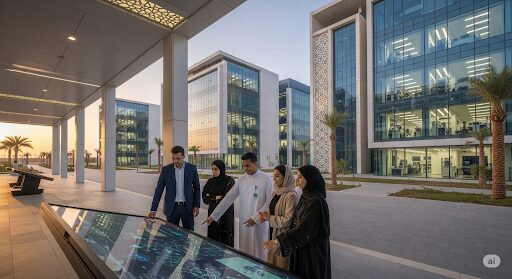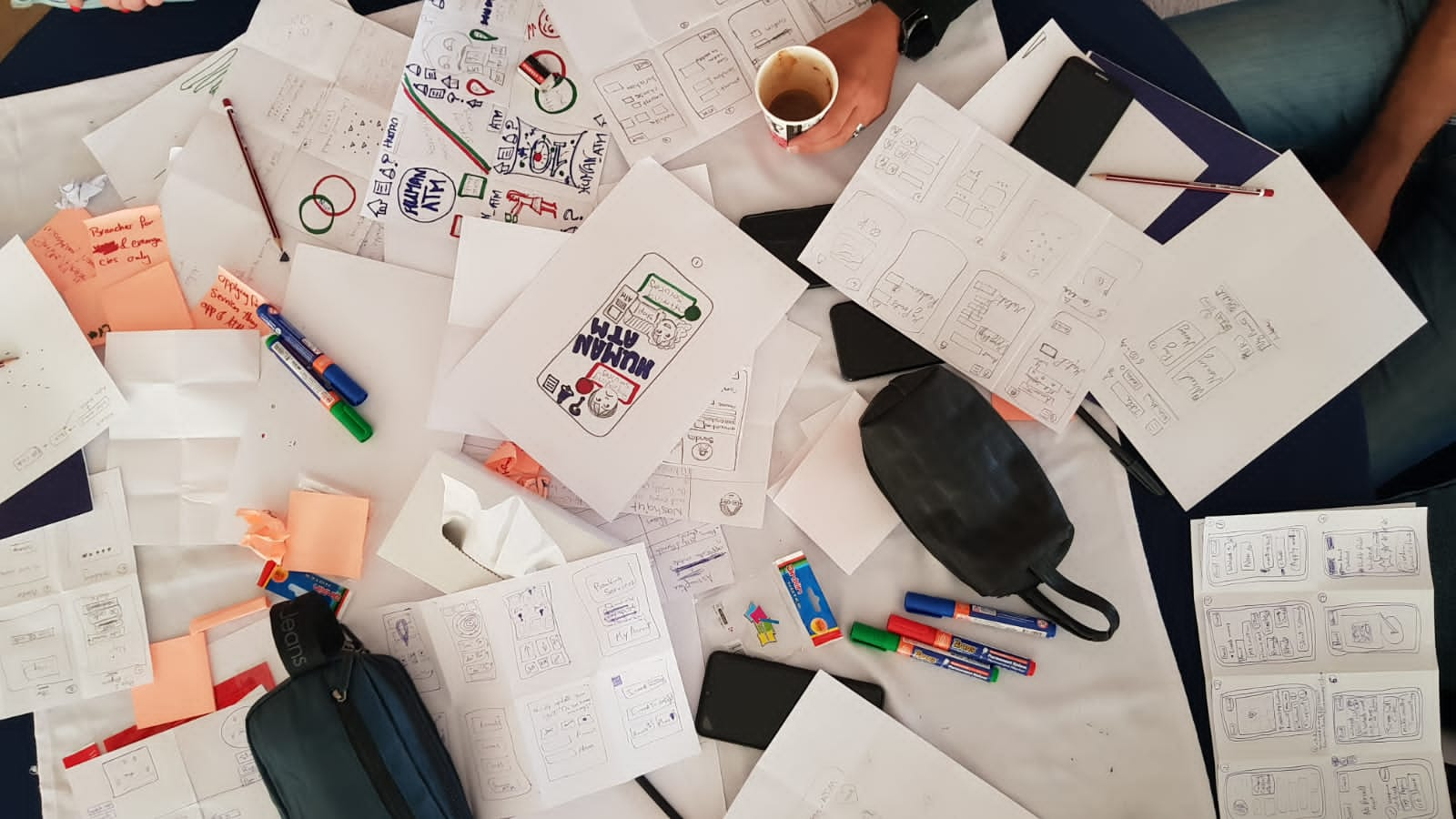In Saudi Arabia, R&D collaboration KSA is no longer just an option—it is a strategic imperative for organizations striving to stay competitive in an increasingly knowledge-driven global economy. As the Kingdom pushes forward with its Vision 2030 agenda, the focus on innovation, research, and development has intensified, positioning R&D collaboration KSA as a key catalyst for economic diversification and sustainable growth.
However, despite significant government investment and a growing pool of talented researchers and innovators, many organizations still struggle to harness the full power of collaborative research. Deep-rooted research silos prevent the free flow of knowledge and resources between universities, private companies, and government institutions. These silos create duplication of efforts, slow down innovation cycles, and limit the ability to scale successful projects beyond isolated pockets of excellence.
At the same time, partnership challenges—including misaligned goals, communication breakdowns, regulatory hurdles, and concerns over intellectual property—further complicate the landscape. These obstacles can stall promising initiatives and discourage organizations from engaging in the kind of open, cross-sector collaboration that drives breakthrough innovations.
For innovation and marketing managers tasked with navigating this complex environment, understanding these pain points is crucial. Overcoming them not only accelerates research outcomes but also strengthens Saudi Arabia’s position as a global innovation hub. The ability to break down silos and build effective partnerships will define the success of R&D initiatives and, ultimately, the future of the Kingdom’s knowledge economy.
The Importance of R&D Collaboration in KSA (Saudi Arabia)
Saudi Arabia’s Vision 2030 places innovation and scientific research at the heart of its economic transformation strategy. The government has invested heavily in building a robust R&D ecosystem, aiming to increase human capital, boost funding, and foster partnerships between academia, industry, and international entities. These efforts are designed to:
- Address key societal and economic challenges
- Accelerate the development of green technologies, biotechnology, and digital content
- Position the private sector as a major innovation driver
However, realizing these goals requires overcoming entrenched obstacles that hinder effective collaboration.
Pain Point 1: Research Silos
One of the most persistent and critical challenges hindering R&D collaboration KSA is the existence of research silos—where organizations, academic institutions, and government bodies conduct research independently with minimal coordination or information exchange. This fragmentation leads to several detrimental consequences:
- Duplication of Efforts and Wasted Resources: Multiple entities may unknowingly work on similar projects or problems without sharing data or findings, resulting in redundant investments of time, funding, and human capital. This inefficiency is particularly costly given Saudi Arabia’s ambitious goal to increase R&D investment to 2.5% of GDP by 2040, which translates to billions of Saudi Riyals annually.
- Slow Knowledge Transfer and Innovation Diffusion: When research outputs remain confined within isolated groups, the transfer of new knowledge and technologies across sectors slows down. This delay hampers the ability to rapidly commercialize innovations or apply research breakthroughs to emerging industries, limiting the overall impact on Saudi Arabia’s evolving economy.
- Difficulty in Scaling Successful Projects Across Sectors: Without cross-institutional collaboration, promising pilot projects or prototypes often struggle to scale or adapt to other industries. This lack of scalability reduces the potential for broad economic benefits and slows the diversification efforts central to Vision 2030.
Several underlying factors exacerbate the silo effect in Saudi Arabia’s R&D ecosystem:
- Cultural and Structural Barriers: Traditional organizational cultures often emphasize internal ownership of research, with limited incentives for open sharing. Additionally, many institutions operate under distinct mandates with little alignment on national innovation priorities. Awareness of the benefits of open innovation and collaborative R&D remains limited in some sectors.
- Limited Communication Channels and Collaborative Platforms: The absence of integrated digital platforms and formal communication channels between universities, research centers, and private companies makes coordination cumbersome. This gap leads to fragmented project management and missed opportunities for synergy.
- Lengthy Procurement Processes and Expertise Bottlenecks: Complex regulatory procedures and slow procurement cycles delay access to essential research materials, equipment, and external expertise. These bottlenecks can stall projects for months, undermining agility and responsiveness in a fast-paced innovation environment.
- Disparities in Funding and Resource Allocation: While the government sector accounts for the majority of R&D funding (58%), private sector and educational institutions receive smaller shares, which can lead to uneven research capabilities and further siloing.
Addressing research silos requires a concerted effort to foster a culture of collaboration, supported by enabling policies and technology platforms that encourage seamless knowledge exchange and joint innovation.
Pain Point 2: Partnership Challenges in Saudi Arabia’s R&D Ecosystem
Beyond internal silos, building and sustaining effective R&D partnerships in Saudi Arabia remains a complex challenge for innovation and marketing managers. Despite the government’s push to enhance collaboration through the Research, Development and Innovation Authority (RDIA) and other initiatives, several obstacles persist:
- Misaligned Goals and Expectations: Partners often come from diverse sectors—academia, government, and industry—with differing priorities, timelines, and success metrics. Without clear alignment, projects can experience conflicts, resource misallocation, or stalled progress. For example, academic institutions may prioritize publication and knowledge creation, while private firms focus on commercialization and ROI.
- Communication Gaps and Lack of Collaborative Infrastructure: Effective partnerships require transparent communication and real-time coordination. However, many collaborations suffer from inadequate communication channels, absence of shared platforms, and unclear governance structures, leading to misunderstandings and inefficiencies.
- Regulatory and Funding Complexities: Navigating the regulatory landscape in Saudi Arabia can be challenging, especially for joint ventures involving foreign partners. Securing consistent and flexible funding streams is also difficult, as bureaucratic procedures and fragmented funding sources slow down project initiation and continuity.
- Trust and Intellectual Property (IP) Concerns: Sharing proprietary knowledge and innovations requires robust IP frameworks and mutual trust. Many organizations hesitate to fully engage in collaborative R&D due to fears over IP theft, unclear ownership rights, or inadequate legal protections. Establishing clear agreements and confidentiality protocols is essential but often overlooked.
- Cultural Differences and International Collaboration Barriers: While Saudi Arabia has increased international research collaborations significantly over recent decades, cultural differences and logistical challenges still pose barriers to smooth partnerships with global institutions
These partnership challenges can discourage organizations from fully participating in collaborative R&D initiatives, thereby limiting the Kingdom’s ability to harness collective expertise and accelerate innovation.
By understanding and addressing these pain points—research silos and partnership challenges—innovation and marketing managers in Saudi Arabia can better navigate the complex R&D landscape and contribute to building a more integrated, agile, and impactful innovation ecosystem aligned with Vision 2030.
Strategies to Enhance R&D Collaboration KSA
To overcome these pain points, innovation and marketing managers should consider the following actionable strategies:
- Establish Shared Goals and KPIs
Aligning all partners around common objectives and measurable outcomes ensures everyone works toward the same vision. Regular alignment meetings and shared strategy documents can maintain focus and accountability. - Leverage Collaborative Technologies
Using integrated platforms such as project management tools, communication apps, and data-sharing portals can streamline workflows and enhance transparency. This reduces miscommunication and accelerates decision-making. - Promote Open Innovation Culture
Encouraging openness, knowledge sharing, and cross-sector collaboration helps break down silos. Educational initiatives and leadership commitment to innovation culture are critical. - Simplify Regulatory and Procurement Processes
Advocating for streamlined procedures and faster access to research materials can reduce delays and improve project momentum. - Develop Clear Partnership Frameworks
Formal agreements addressing IP rights, funding responsibilities, and conflict resolution build trust and clarity among collaborators.
The Role of webkeyz in Driving Effective R&D Collaboration in KSA
webkeyz offers a comprehensive digital platform tailored to the needs of organizations seeking to enhance R&D collaboration KSA. By providing tools that facilitate communication, project tracking, and data sharing, webkeyz helps innovation and marketing managers:
- Break down internal and external research silos
- Manage partnerships efficiently with centralized dashboards
- Ensure transparency and accountability across teams
- Accelerate innovation cycles with real-time insights
With webkeyz, Saudi organizations can leverage technology to transform collaboration challenges into growth opportunities, aligning perfectly with the Kingdom’s innovation agenda.
Empowering Saudi Arabia’s Innovation Future Through R&D Collaboration
For innovation and marketing managers in Saudi Arabia, addressing research silos and partnership challenges is essential to unlocking the full potential of R&D collaboration KSA. By adopting strategic alignment, leveraging collaborative technologies, and fostering a culture of open innovation, organizations can drive impactful research outcomes that support the Kingdom’s Vision 2030 goals.
To take your R&D collaboration KSA efforts to the next level, consider partnering with webkeyz—a platform designed to streamline collaboration, enhance transparency, and accelerate innovation.
Get started with webkeyz today and transform your R&D collaboration experience in Saudi Arabia.
Until next time explore webkeyz’s case studies
and Keep Thinking!








